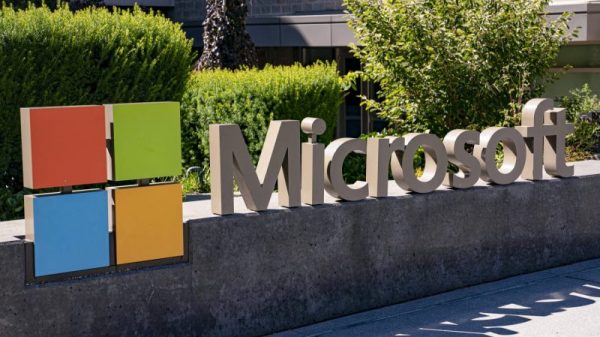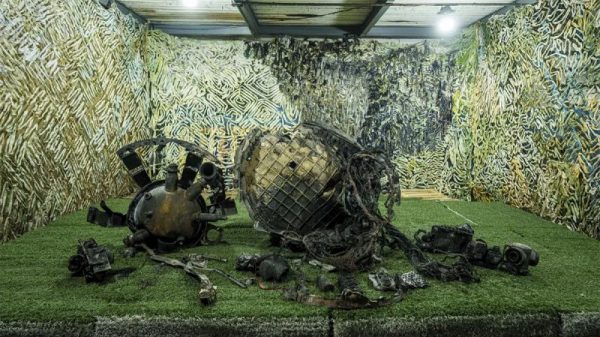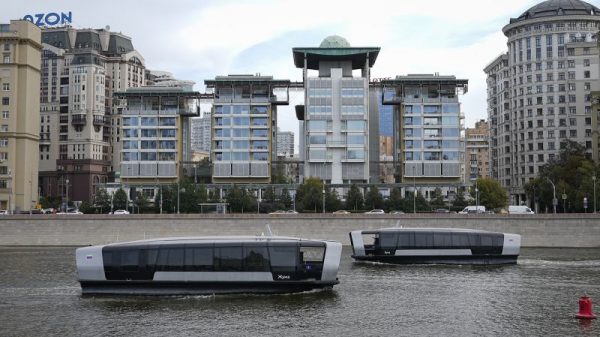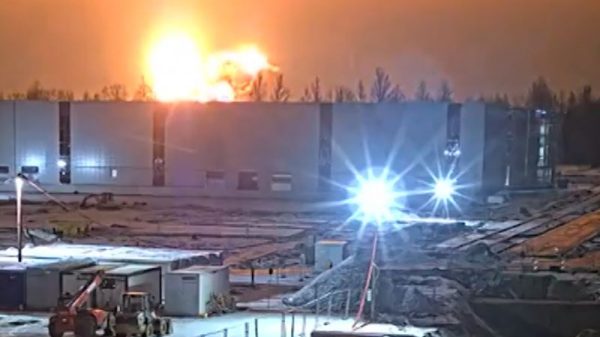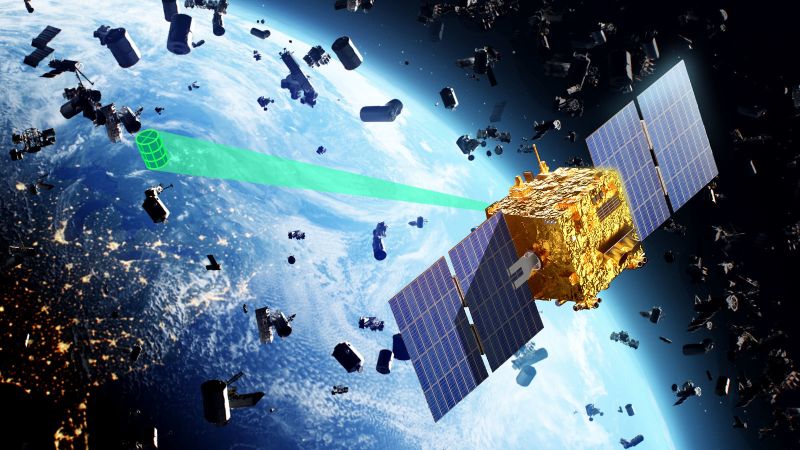Once upon a time, gazing at the night sky was an escape from manmade messiness on Earth.
Not anymore.
Nearly 70 years after the launch of Sputnik, there are so many machines flying through space, astronomers worry their light pollution will soon make it impossible to study other galaxies with terrestrial telescopes.
Then there is the space junk — nearly 30,000 objects bigger than a softball hurtling a few hundred miles above Earth, ten times faster than a bullet.
And after NOAA used high-flying aircraft to take first-in-a-generation samples of the stratosphere, new science shows that the for-profit space race is changing the sky in measurable ways and with potentially harmful consequences for the ozone layer and Earth’s climate.
“We can see the fingerprint of human space traffic on stratospheric aerosol,” said Troy Thornberry, a research physicist at NOAA’s Chemical Sciences Laboratory. “Adding a lot of material to the stratosphere that was never there before is something that we’re considering, as well as the sheer mass of material that we put into space.”
The study found that 10% of the particles in the upper atmosphere now contain bits of metal from rockets or satellites falling out of orbit and burning up. As humanity becomes increasingly dependent on information beamed down from above, the report predicts manmade debris will make up 50% of stratospheric aerosols in coming decades, matching the amount created naturally by the galaxy.
While there is uncertainty over how this will affect the ozone layer — and a complicated climate system already in crisis — the commercial shift from solid rocket boosters on NASA’s Space Shuttles to the kerosene that fuels SpaceX rockets has added tons of new fossil fuel emissions with every launch, while aging satellites create clouds of debris as they deorbit.
According to the tracking site Orbiting Now, there are more than 8,300 satellites currently overhead, and predictions of how many will soon join them vary wildly.
More than 300 commercial and government entities have announced plans to launch a staggering 478,000 satellites by 2030, but that number that is likely inflated by hype. The US Government Accountability Office predicted 58,000 satellites will launch in the next six years. Other analysts recently estimated the number likely to make it to orbit is closer to 20,000.
But even the lowest estimates would have been inconceivable in the giddy aftermath of Neil Armstrong’s one small step. 1972’s “Blue Marble” photo from Apollo 17 may have inspired Earth Day, but few considered the orbital garbage created to take it until 1979, when NASA scientist Donald Kessler published a paper titled “Collision Frequency of Artificial Satellites: The Creation of a Debris Belt.”
Ever since, “Kessler Syndrome” — depicted with appropriate suspense in the 2013 film “Gravity” — has been shorthand for the industry’s worry that too much space traffic will eventually create a vicious cycle of more debris leading to even more collisions until launches become impossible.
In low-earth orbit, objects can collide at around 23,000 miles an hour, enough for even the tiniest debris to crack the windows on the International Space Station. All told, it is estimated that there are 100 million pieces of manmade debris the size of a pencil tip whizzing in orbit — a major risk of doing business in space.
Lopez is president of the US branch of Astroscale, a Japanese company competing for market share in the emerging field of orbital debris removal.
“In the Gold Rush, it was the folks that made the pickaxes and the shovels that often did better than the prospectors,” he said. “And in a sense, that’s exactly what we’re bringing to the market.”
Lopez admits that they are a long way from flying garbage trucks, orbiting recycling centers and a “circular economy in space,” but in 2022, Astroscale used a satellite with a strong magnet to catch a moving target launched in the same 3-year mission.
“It was the first commercially funded spacecraft to demonstrate a lot of the technologies that will be required to do docking and rendezvous with other satellites,” he said. “It could be that we move them, eventually refuel them, or in some cases, deorbit them to address the debris problem.”
A second Astroscale mission, launched from New Zealand by aerospace company Rocket Lab on February 18, is going to take a closer look at space junk. The satellite, named “On Closer Inspection,” will observe the motions of a rocket stage that was left in low-Earth orbit in 2009. Astroscale’s mission will use cameras and sensors to study the rocket debris and figure out how to get it out of orbit.
But with a pollution crisis now painfully evident on land, at sea and now in space, one of the most symbolic launches since Sputnik is scheduled for this summer, when scientists from Japan and NASA launch the world’s first biodegradable satellite, made mostly of wood.
One small step, indeed.







